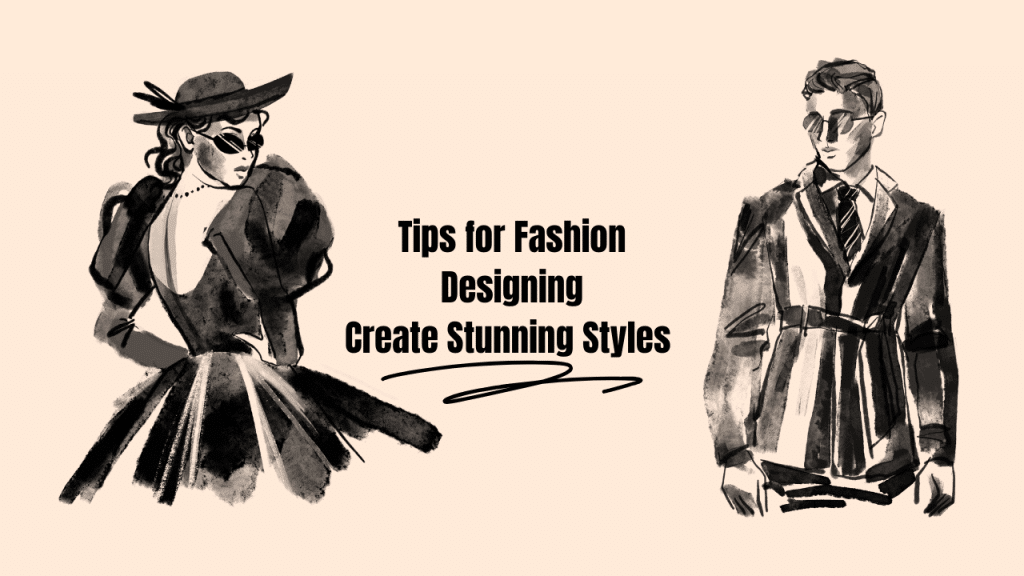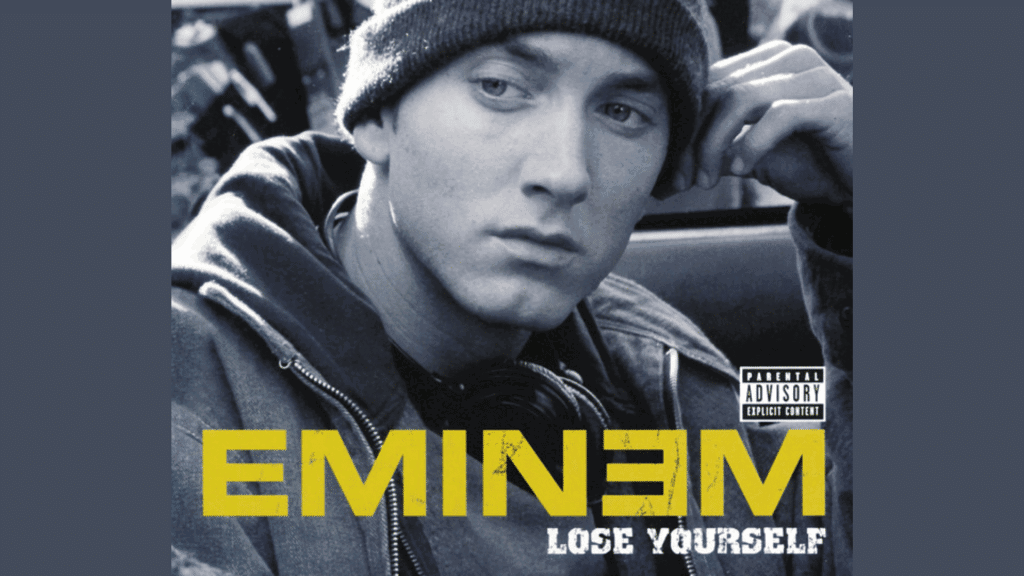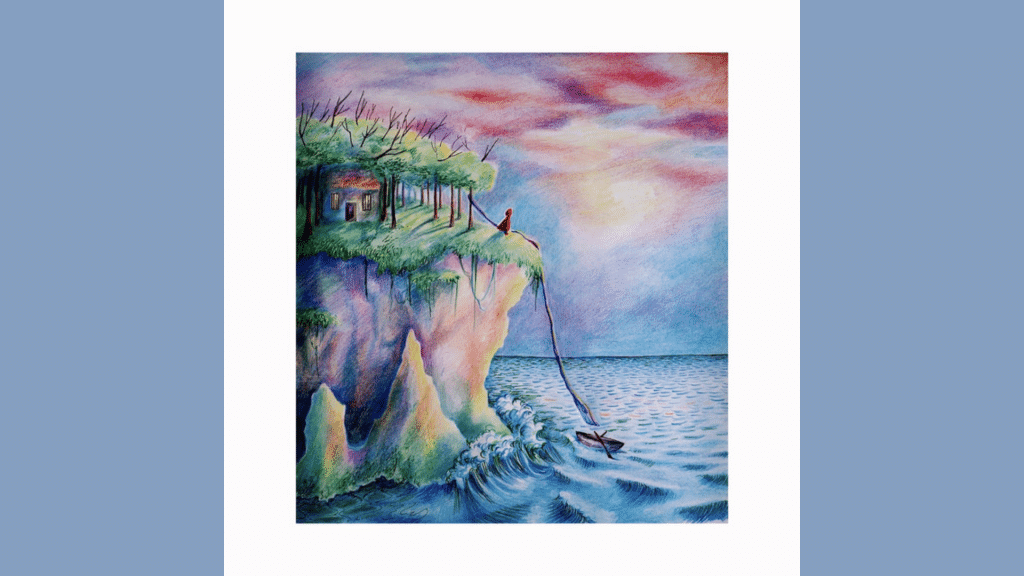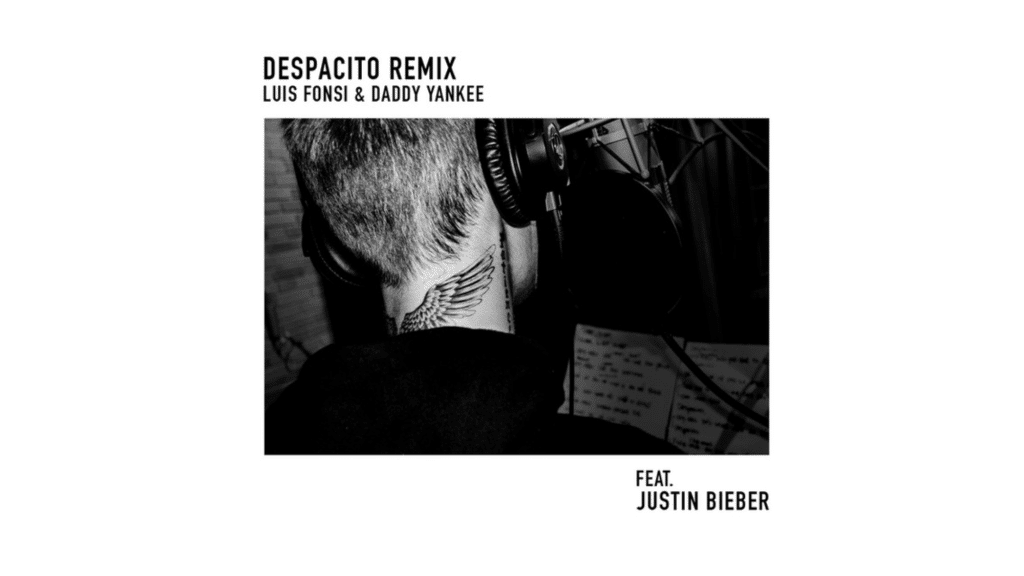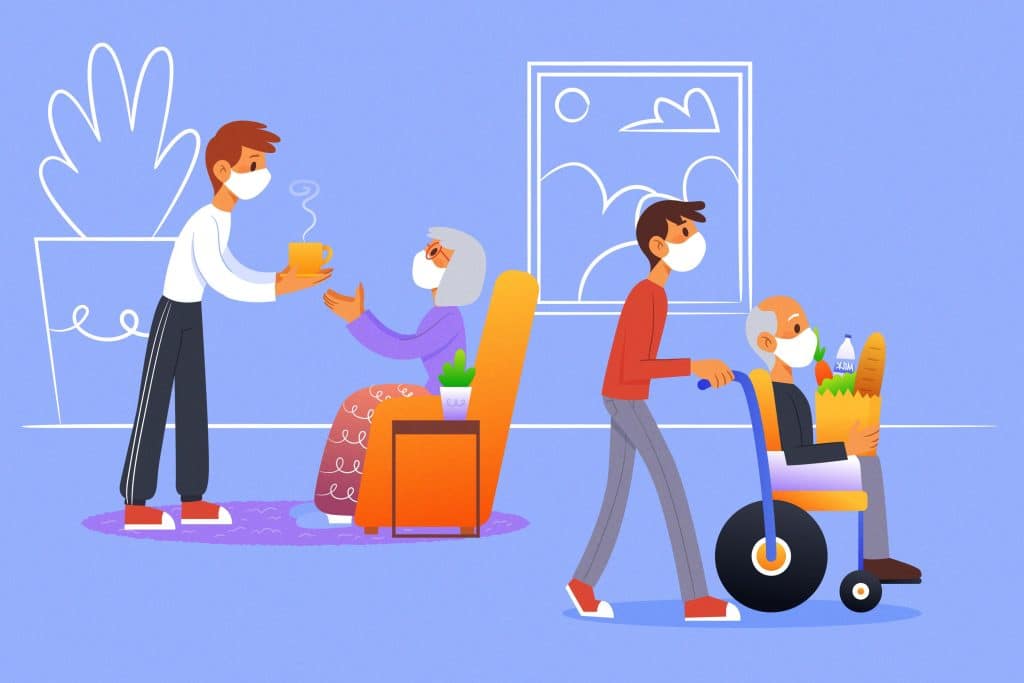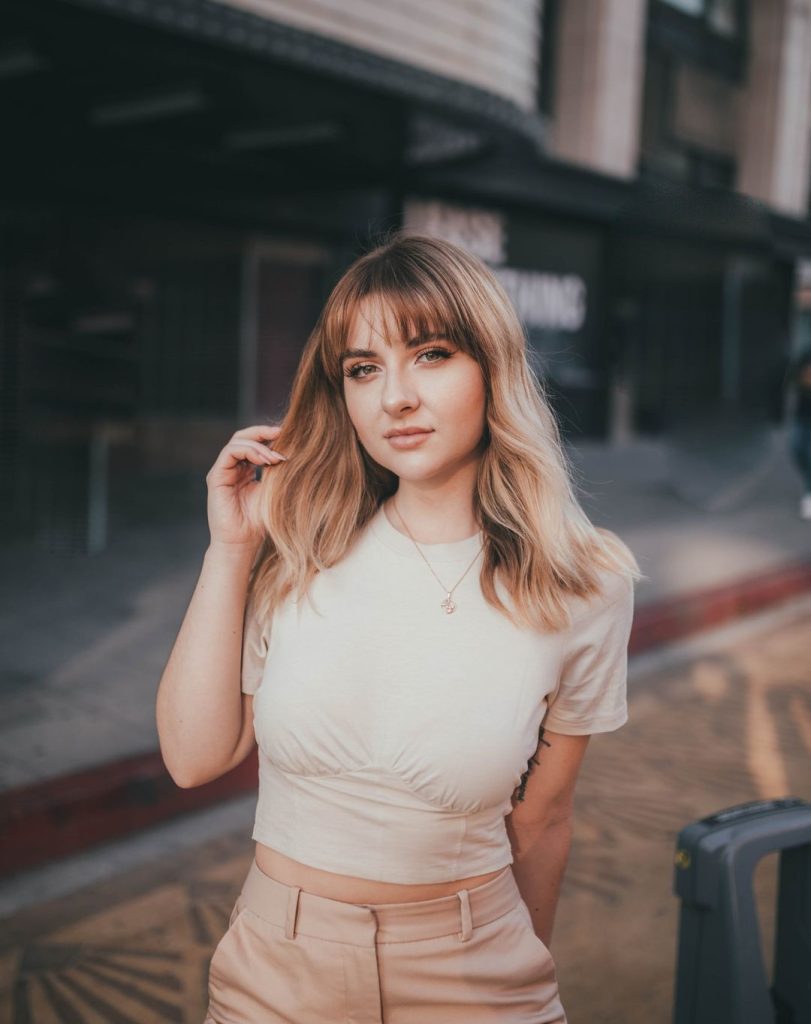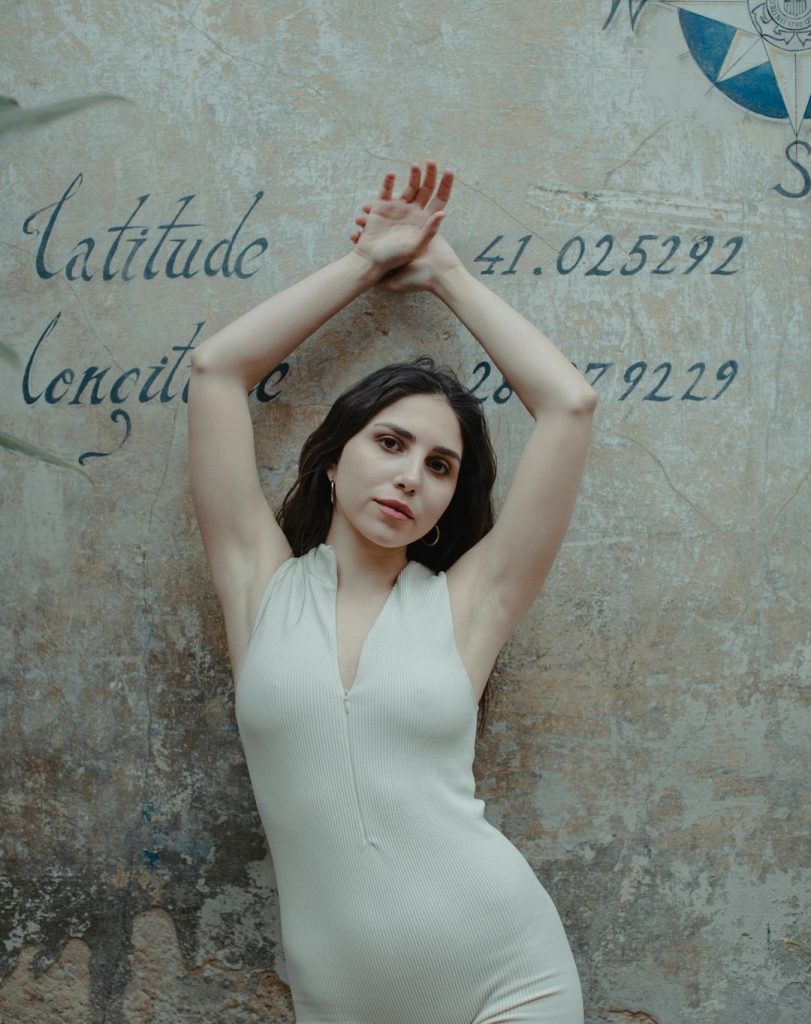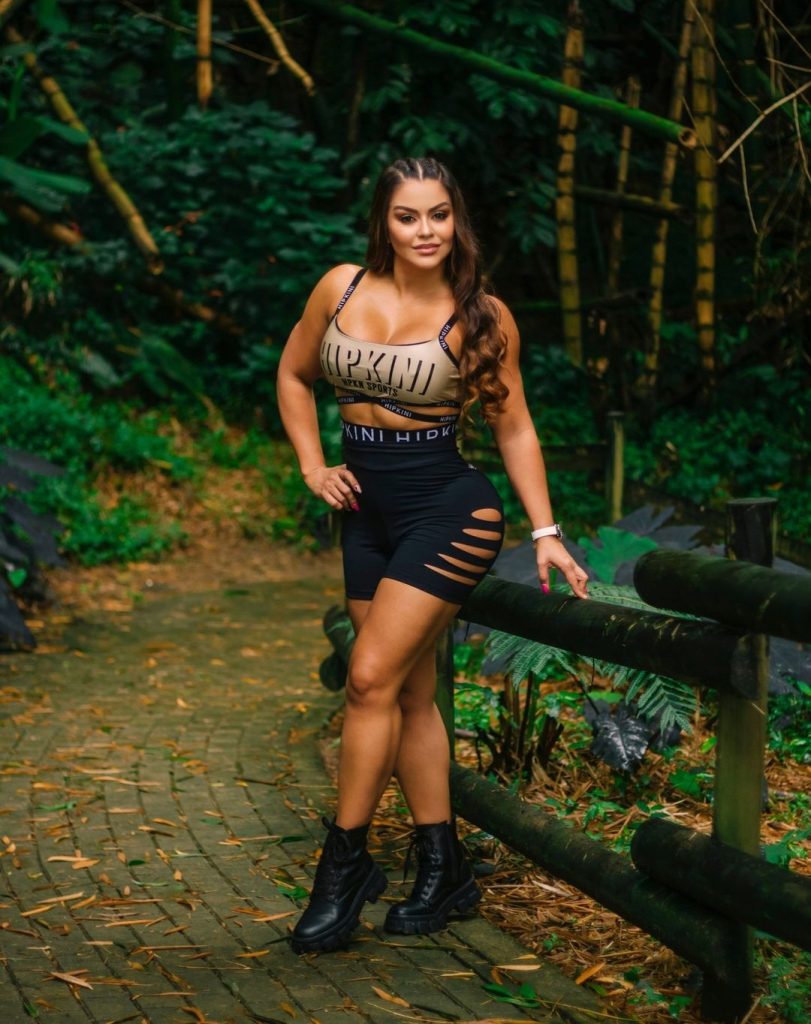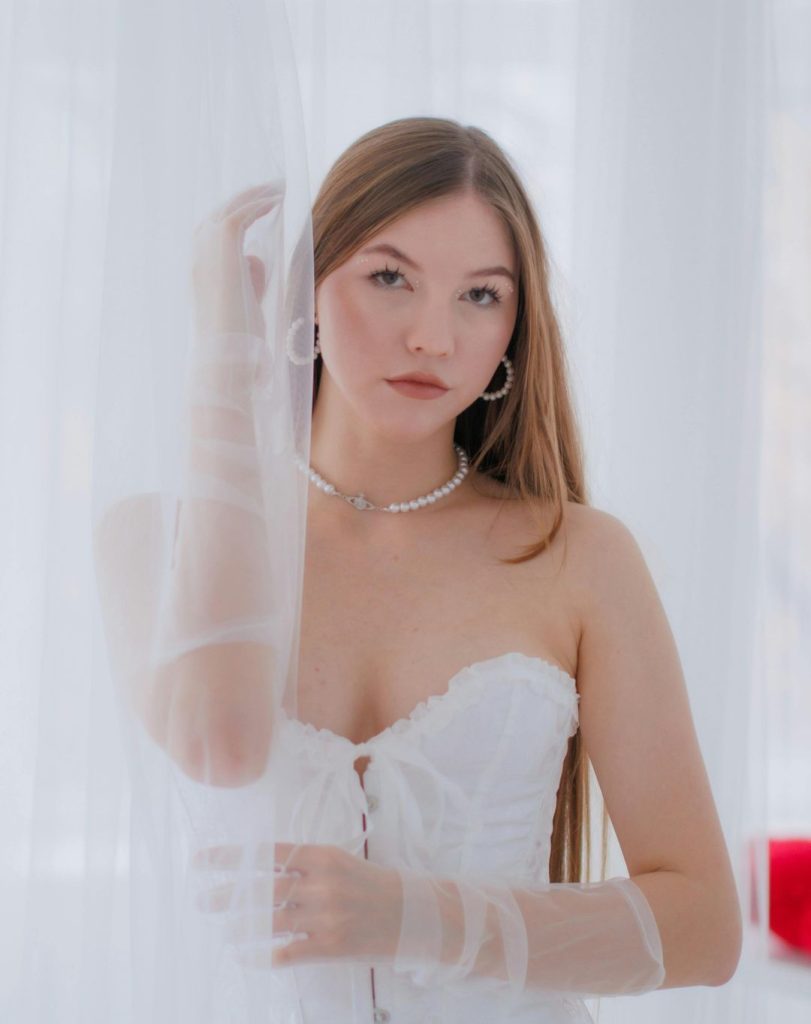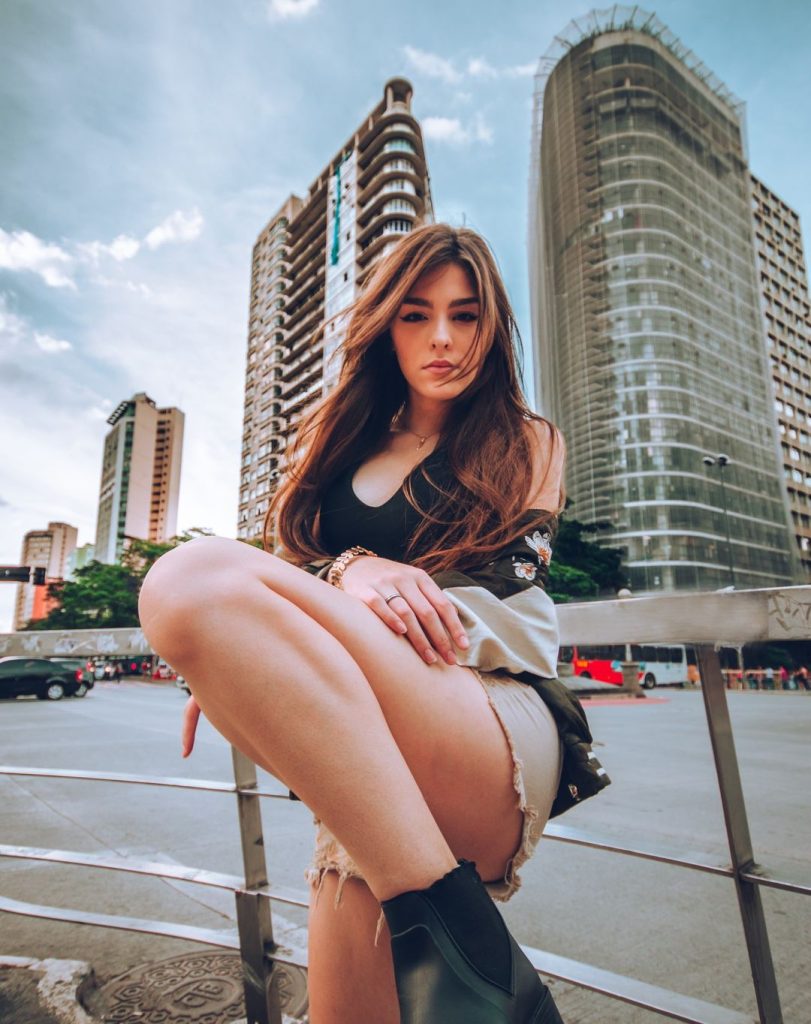Designing fashion is not just a matter of drawing some dresses and then hoping to sell them. It’s about knowing fabrics, being on top of the fashion wave, and—if you’ll pardon the expression, finding your own voice in a milieu that is faster than a New York minute.
I’ve watched numerous starry-eyed young designers stumble over the same problems, from choosing the wrong fabric to freezing when faced with a sketchbook. If you’re open to honing your craft and sidestepping some of the mistakes I made (believe me, there were many), the following tips will allow you to traverse the fashion world with a little less stress.
The Craft of Choosing Fabric and Color
One of the biggest mistakes I made early on was choosing fabric purely on looks. I remember being in love with this gorgeous silk blend, then finding out—too late—that it wrinkled miserably the minute anyone sat on it. Lesson learned: test your fabrics first.
Each fabric is different. They drape or hold a shape. First-time working with jersey? Expect some unwary stretching (yes, the fabric actually grows overnight on the mannequin). Paying attention to what a fabric does will be your savior from disaster.
Color is also a deal-breaker. Burgundy on silk is gorgeous, but on polyester? Tacky and dull. I always tell my students to test out color samples under different light sources—the perfect choice in a light-filled studio is a completely different scenario when you introduce it to a sunroom.
The Influence of Social Media and Building a Strong Brand
Regardless of being the finest designer on the planet, it doesn’t matter unless someone is going to be able to see it. Your catwalk online is Instagram now. I had not a clue anyone would be interested when I first started posting my first sketches. But when I started posting my design process, I started to get interaction from other people: clients, stylists, other designers.
If you wish to build momentum quickly, you may have to get service from Views4You. It is not faking it; it is actually feeling the visibility you deserve. More eyes on your profile mean more potential customers, brand partners, and business partners.
And, for goodness’ sake, don’t just post gorgeous photos. Tell me something. Tell me why you made this product. Tell me what inspired you. Men and women don’t just buy clothing, people buy a fantasy. Make your fantasy be lit.
Bringing Ideas into Existence
Let’s talk about drawing. Chances are, you’re much like I used to be when I first began drawing, and your drawings probably looked like something any five-year-old might excitedly tack on the refrigerator. That’s just fine. Drawing is a skill, not a talent.
I’d get annoyed watching my professor create a perfect fashion drawing in two minutes flat. My drawings looked like something that had been shocked. The solution? Practice daily. Even a five-minute drawing before you go to bed is fine; consistency sharpens your craft.
Some designers live and die by computer rendering, but I still enjoy the feel of pencil on paper myself. It’s more natural somehow. Find out what works for you. Just remember this—your drawing should capture the texture, movement, and personality of your design. If someone can look at it and feel the material, you’re headed in the right direction.
Networking and Identification of Opportunities within the Fashion Sector
Talent can only get you so far in this industry. It’s all about who you know. When I first received my first internship, it wasn’t because of my portfolio (which, I won’t be dishonest, wasn’t amazing at best). It was because I actually talked to people, attended fashion shows, and stayed in touch with mentors.
If you require expanding your network, join social media initially. Network with other designers, leave comments on posts, and—the key part—do not be afraid to reach out. I used to send a message to a fashion editor stating I loved reading their piece, and a week later, I got asked to attend an event that changed the course of my career.
Attend the industry events, even just to observe. You have no idea who you might meet. One of my students got a job simply because he engaged in conversation with somebody in line to get into the bathroom at Fashion Week. Be where you’re visible. Be open to opportunity.
Staying Current with Trends Without Forgetting Yourself
I used to attempt to create what I believed others were anticipating. Big blunder. The fantastic designers aren’t followers of fashion; rather, they’re fashion interpreters.
My plan is simply to observe, to study, and to develop. What is fueling today’s movements? Nostalgia? Sustainability? Social movements? Tap into that energy and own it. If you just copy what’s being done today, your designs will be lost in white noise.
And technology is shaping the future of fashion faster than ever. 3D printing, AI-generated design, digital fashion—it’s madness. If you’re not on it, you’re being left behind.
Developing a Portfolio That Stands Out
I’ve lost track of how many portfolios I’ve seen that are nothing more than a chaotic collection of sketches and half-formed ideas. A good portfolio is a story.
- Reveal your process, not just the outcome.
- One good look is better than 20 average ones.
- If you have actual experience (custom projects, internships, collaborations), bring it out.
And on the fashion side, don’t let typos and clumsy text flow destroy your work. I had one student who misspelled “couture” on the cover of her portfolio. And you know what? They didn’t get the job. Details matter.
FAQs
How do I price my fashion designs for selling?
Pricing depends on material costs, labor, and market demand. A general rule is to multiply material costs by 3-4x to cover expenses and profit. Research competitors’ prices to stay competitive.
What software do fashion designers use for digital sketches?
Popular choices include Adobe Illustrator, Procreate, and Clo3D for 3D modeling. Illustrator is great for technical sketches, while Procreate is more flexible for freehand designs.
How can I find manufacturers for my designs?
You can connect with manufacturers through industry trade shows, online directories like Makers Row, or by networking with other designers who have production experience.

